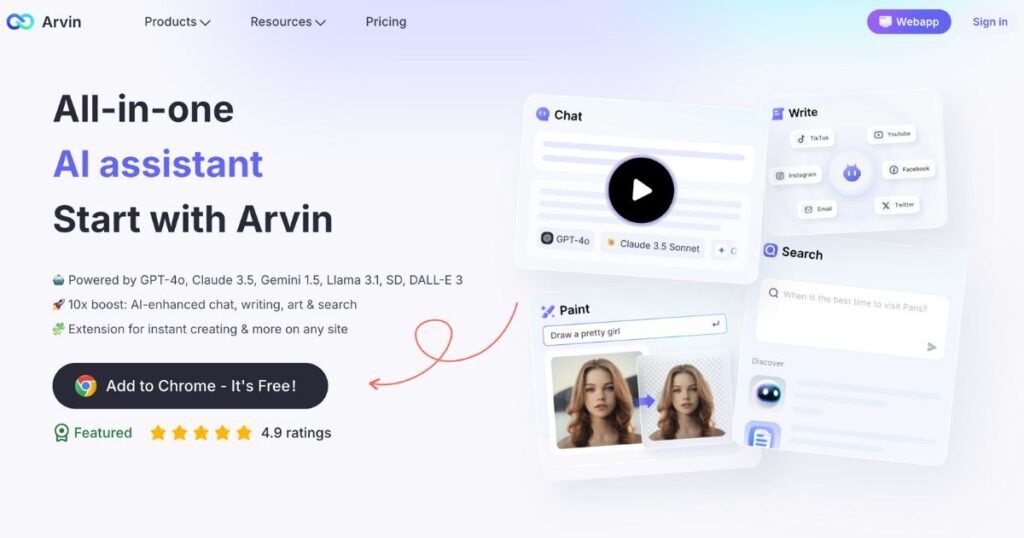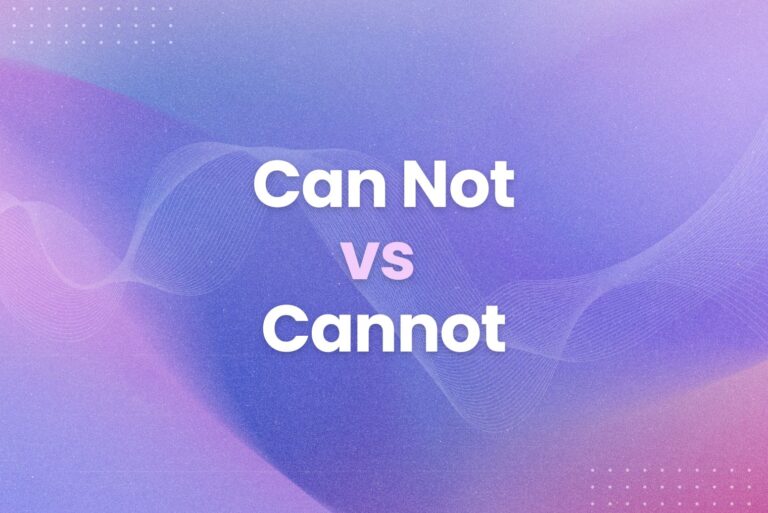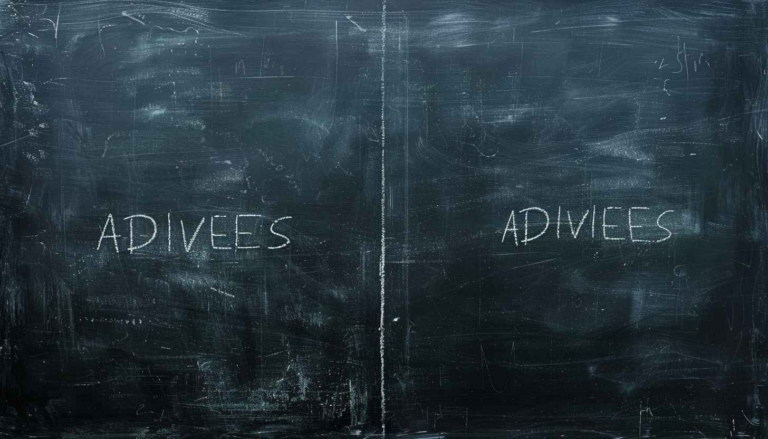Thru vs Through: Understanding When to Use Each Word
Whether you’re writing an email, drafting a document, or sending a text, it can be tricky to know which one to use: thru vs through. While it is uncontested that they carry the same meaning, they are eminently different in usage (for both formal and informal contexts). Let’s explore the nuances associated with these commonly confused terms and understand where precisely each would fit best.
The Core Difference: Formal vs. Informal
‘Through’ is the standard spelling and, hence, correct in all contexts, especially in formal writing. ‘Thru’, on the other hand, is a variant that came into being in the 20th century; it is only used in very informal communications and in specific usages such as drive-thru restaurants or on road signs. Ultimately, these basic explanations outline the important difference that needs to be drawn for maintaining the correctness of language in various contexts.
History of Thru vs Through
The word ‘through’ traces its etymology from Old English ‘þurh’ and Middle English ‘thurgh’. It has been a standard spelling through centuries of usage in English. ‘Thru’ appeared as a simplified spelling during the early 1900s when various movements for spelling reform took place in America, and it became popular in informal writing and signs, where brevity was desirable.
The spelling reform movement was supported by organizations such as the Simplified Spelling Board, which aimed at giving more phonetic spellings to English words. Though most of the suggested changes did not stick, ‘thru’ found its way into certain contexts, mainly in American English usage.
Pronunciation and Spelling of Thru vs Through
Because both words share the same pronunciation (/θruː/), many have come to misuse them, which in turn created further confusion about their proper usage. While ‘through’ may appear a bit more complicated to spell, its spelling pattern is nevertheless traditional to English conventions:
- Through = /θruː/
- Thru = /θruː/
The identical pronunciation brings to light an interesting aspect of English orthography: different spellings for the same phonetic output. This is partly what makes English spelling so difficult for many learners.
Correct Usage Rules of Thru vs Through
When to use ‘through’:
- Formal Writing: academic papers, business documents
- Professional correspondence
- Literature
- News
- Official letters
- Legal context
- Educational
- Scientific Contexts
Example: “The light shone through the window, illuminating the room.”
When to use ‘thru’:
- Casual text
- Informal notes
- Commercial signage: Drive-thru
- Traffic signs
- Social network updates
- Advertisements
- Menu boards
- Informal business titles
Example: “Drive thru open 24/7”
Common Usage Mistakes and How to Avoid Them of Thru vs Through
The most frequent confusion arises from the failure to separate formal and informal contexts. For instance, ‘thru’ would be too colloquial in a business report, while ‘through’ would sound too formal in a two-word SMS text. Some specific instances in which there is a likelihood of confusion are as follows:
- Business emails to clients – (use through)
- Technical writing -(use through)
- Social media marketing – (both forms may be acceptable)
- International correspondence- (use through)
Need help catching these contextual errors? Arvin AI’s grammar checker instantly identifies such usage mistakes and corrects them as you browse or write online. Thanks to its high-end language processing features, Arvin keeps your writing at just the right level of formality in every context.
Context-specific Examples of Thru vs Through
Formal Contexts:
Let’s take a couple of business contexts where the word ‘through’ would be the word of choice:
1. “The proposal went through some amendments before it was approved.”
- This example shows the application of ‘through’ in a business context
- Depicts progression or movement across more than one stage
- Applies to formal documentation and business communications
- Common in project management and workflow descriptions
2. “She walked down the corridor into the conference room.”
- Emphasis on physical movement through space
- Can apply in formal narrative writing or business writing
- The tone in a place of work remains professional.
- Majorly applicable in official building directions or processes.
3. “The company went through significant changes during the merger.”
- Change in the process of organization building
- Used for business reports and firm correspondences
- It indicates progression through complex procedures.
- commonly used in financial and business journalism
4. “The research team worked through various hypotheses.”
- It shows systematic examination or investigation
- It is crucial in academic and scientific writings
- It suggests a robust and detailed method
- Accepted for technical documentation and research papers
5. “The light passed through the prism, creating a spectrum.”
- Technical or scientific description
- For education publication purposes
- Describes a physical phenomenon
- Works for academic and scientific publications
Informal Contexts:
Here’s when and why ‘thru’ may be appropriate:
1. “C u @ the drive-thru!”
- Casual context of text messages
- The tone is informal, just like “C u @”
- Generally used for small, friendly messages
- It can be used on social media and instant messengers.
2. “Just passing thru on my way home”
- Use of traveling/moving in an informal context
- This phrase is repeatedly used in everyday interaction.
- It goes according to relaxed social communication.
- Frequently found in personal correspondence or status updates on social media
3. “Monday thru Friday, 9-5”
- Economical usage for signs or advertisements
- Standard posting of business hours
- Practicality pertaining to visibility and viewability
- Globally understood in business
4. “Quick drive-thru breakfast”
- Accepted terminology within the food service industry
- Generally understood commercial usage
- Efficient signage format
- Common in advertising and menu boards
5. “Cut-thru path to the park”
- Informal directional information
- Common in casual conversation or local directions
- Similar to shorthand on maps or community guides
- Appropriate for informal wayfinding
Common Usage Patterns and Context of Thru vs Through
In Business Communication
Which form is appropriate is determined by context when writing for business:
Formal Business Examples:
- The audit process went through three phases. ( Corporate documentation)
- Success comes through dedication and hard work. ( Professional presentation)
- Information flows through proper channels. (Policy document)
Informal Business Examples:
- “Drive-thru service available ( Customer-facing signage)
- Walk-thru inspection complete ( Internal maintenance notes)
- Quick run-thru of the agenda ( Team chat message)
In Digital Communication
The digital age has brought with it new contexts for both forms:
Digital, Professional:
- Click through rate (Analytics reports)
- User navigates through the website ( Technical documentation)
- Data passes through encryption ( Security protocols)
Casual Digital:
- Thru this link (Social media posts)
- Scrolling thru pics (Chat messages)
- Quick read-thru ( Informal email)
Regional Variations and Cultural Impact
The use of ‘thru’ varies substantially among Anglophone regions:
- American English: More accepting of ‘thru’ in casual contexts;
- British English: Generally avoids ‘thru’ except in international brand names;
- Australian English: Very limited use, mainly in American-influenced contexts;
- Canadian English: Mixed usage, sometimes following American, sometimes British patterns.
Tips for Proper Usage
- Consider who your audience is and the context of the writing.
- If you are not sure which one to use, then use ‘through’. This is always correct.
- Use ‘thru’ in those places where space is very limited or informality is called for.
- Leverage in-browser digital writing tools, like [Arvin], for real-time grammar suggestions.
- Consider international audiences when making your decision.
- Maintain consistent spelling of a word within a document or on a platform.
- Check spelling guides to determine special requirements.
Additional Resources
For more information about English grammar and usage, see the following key resources:
- Merriam-Webster Grammar Rules and Usage Guide
- Chicago Manual of Style Online
- The Elements of Style by Strunk and White
Want perfect grammar and writing skills? Use Arvin AI — the intelligent writing assistant that helps you make the right grammatical choice every time. Be it a formal business email or a casual text message, Arvin helps make your expressions appropriate for the context in view!

FAQs
While ‘thru’ is an accepted informal variant of ‘through’, in formal writing, it’s not standard. It is best reserved for casual communication or special commercial contexts.
No, in academic writing, one has to use formal language. Use ‘through’ in academic contexts at all times.
‘Drive-thru’ was picked up in commercial signs as a quicker, catchier alternative. In this context, at least, it is now an acceptable variant.
Consider your audience and the context in which you are writing. If you are writing something formal or professional, use ‘through’. To communicate less formally, or where space is of the essence, ‘thru’ may be used.





